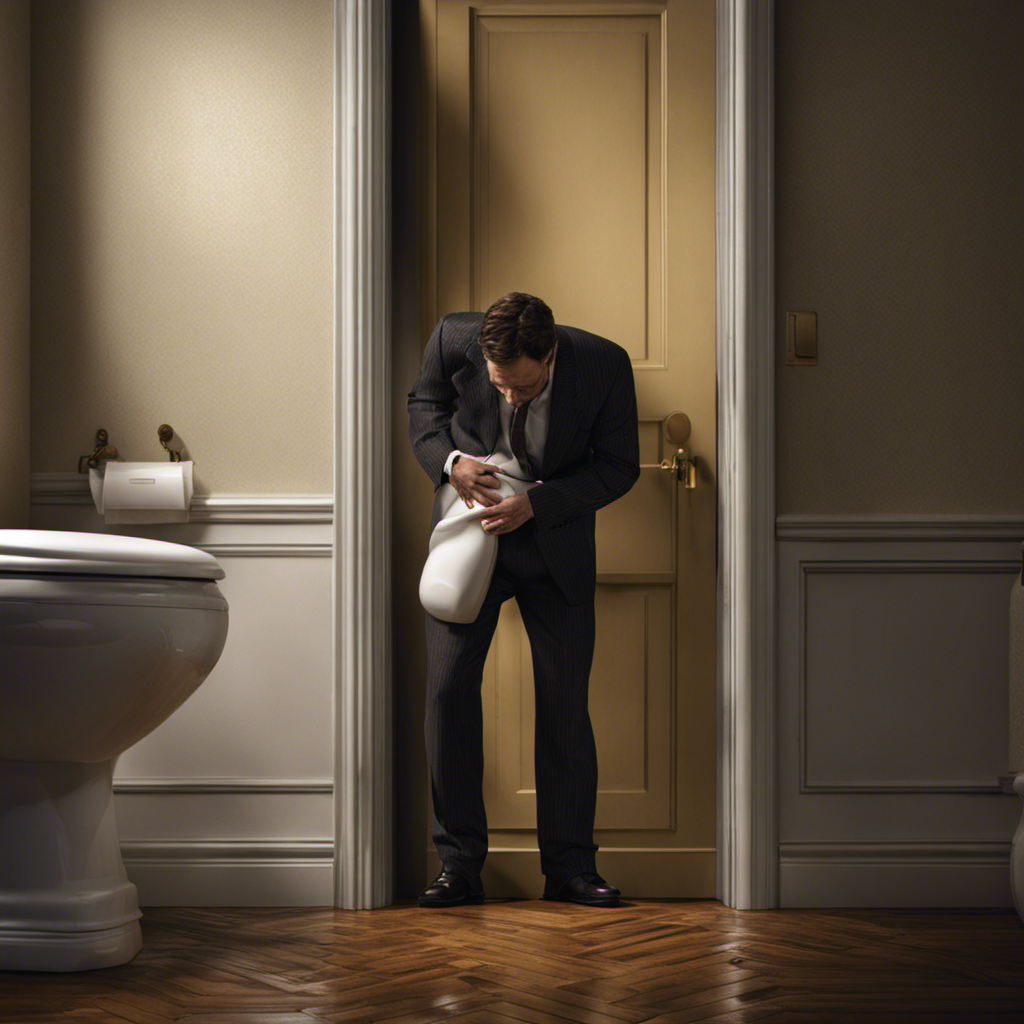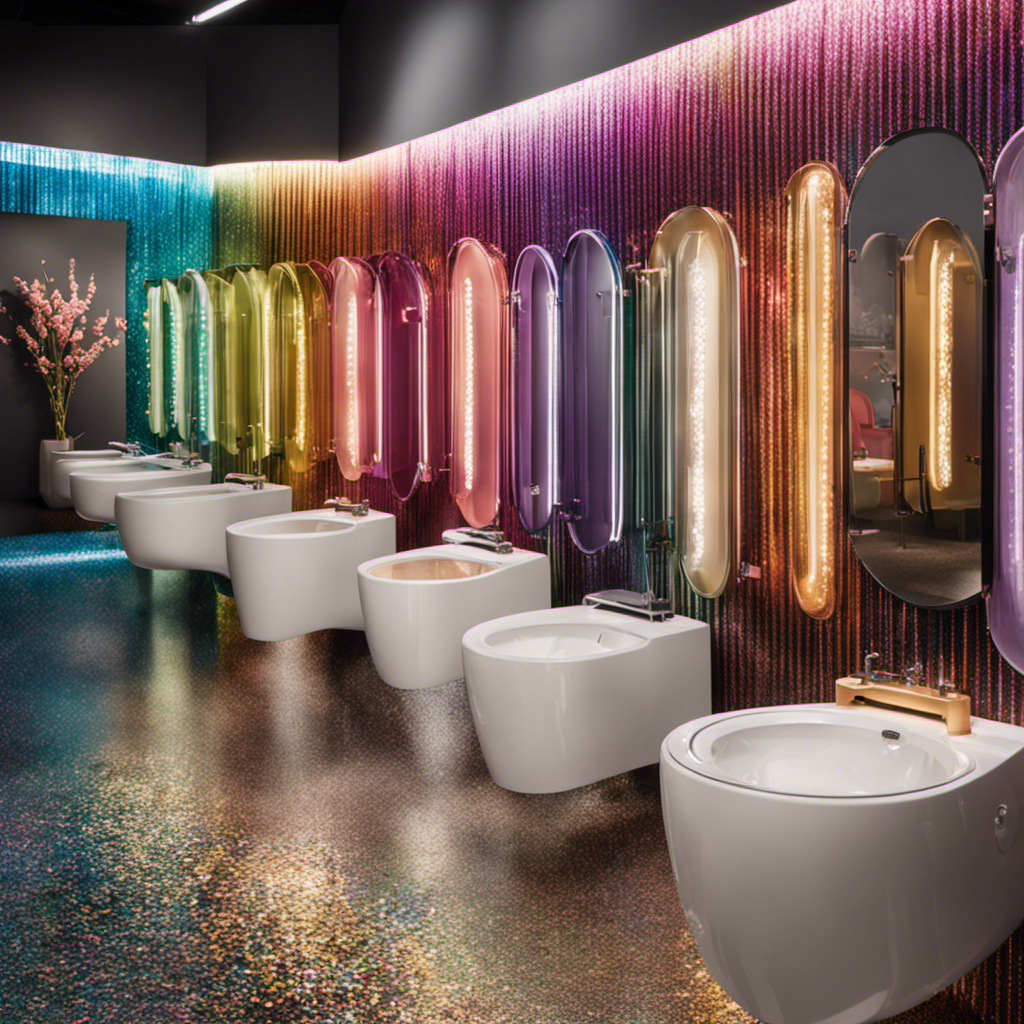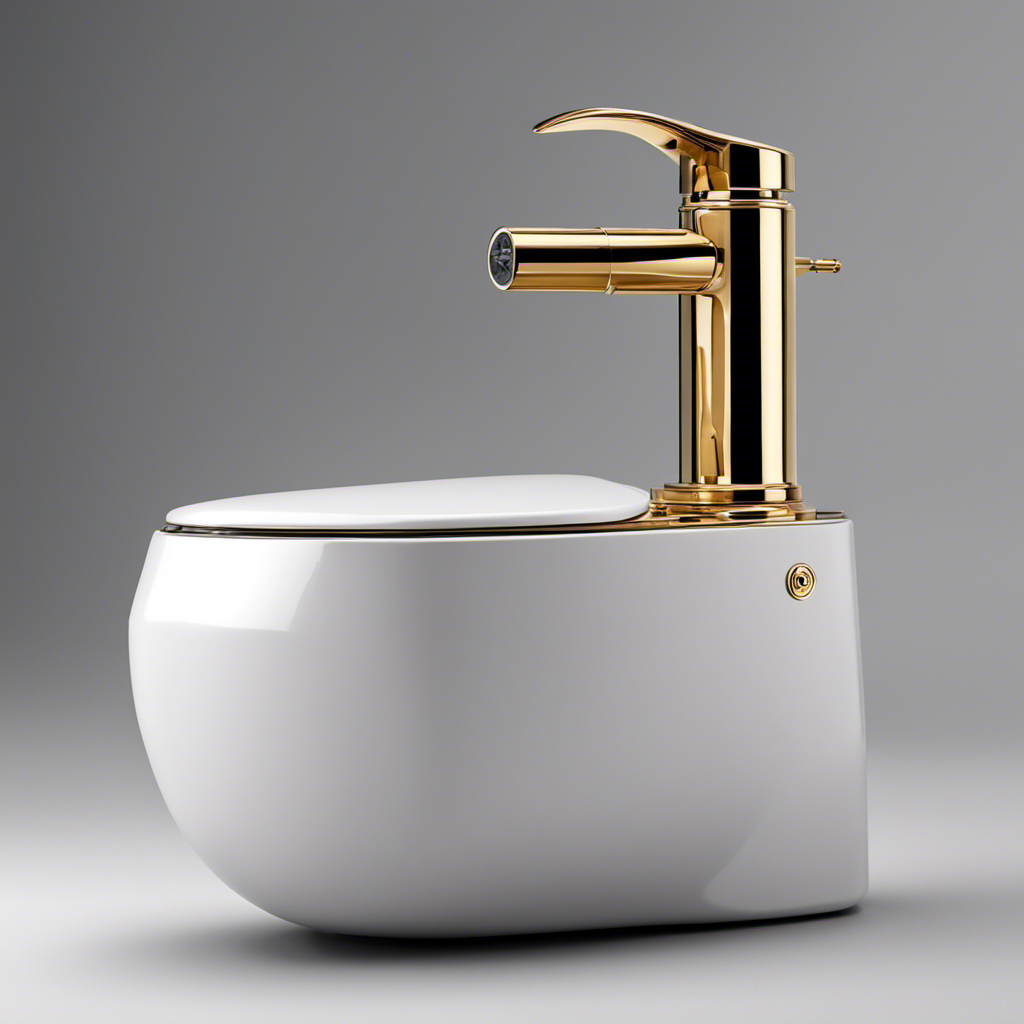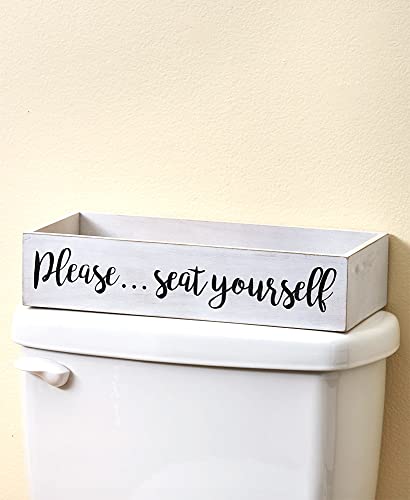Ever wondered who came up with the brilliant idea of a toilet? Well, let’s dive into the fascinating history and origins of this essential household item.
From ancient plumbing systems to modern designs, you’ll be amazed by the innovations in sanitation that have shaped our lives.
And yes, we can’t ignore the role of Thomas Crapper in revolutionizing the toilet. So, get ready to flush out the truth and discover the unsung heroes behind the creation of this everyday necessity.
Key Takeaways
- The origins and evolution of toilets showcase human ingenuity and cultural diversity in sanitation approaches.
- Thomas Crapper revolutionized the flushing toilet design in the late 19th century, improving its efficiency and reliability.
- Innovations in sanitation, such as the invention of toilet paper and the introduction of public restrooms, have greatly improved public health and hygiene.
- Modern toilet designs, including dual flush toilets, self-cleaning toilets, and toilets with integrated bidet functions, contribute to a sustainable and eco-friendly future.
The Origins of the Toilet
You might be wondering where the toilet actually came from.
The evolution of the toilet is a fascinating journey that spans across different cultures and time periods.
The earliest known toilets date back to around 2500 BCE in the ancient Indus Valley Civilization. These early toilets were simple holes in the ground with bricks or stones surrounding them.
As civilization progressed, so did the design of toilets. The ancient Romans, for example, had advanced sewage systems and public toilets with running water.
In medieval Europe, chamber pots were commonly used and emptied into the streets below.
Cultural differences also played a role in toilet evolution. For instance, traditional Japanese toilets, known as squat toilets, are still widely used today.
The origins of the toilet are a testament to human ingenuity and the diverse ways in which different cultures approach sanitation.
Ancient Plumbing Systems
As you explore ancient plumbing systems, you’ll discover the ingenious engineering of early civilizations. Ancient plumbing techniques reveal the resourcefulness and sophistication of societies that existed thousands of years ago.
One of the earliest examples of plumbing can be found in the Indus Valley Civilization, where complex networks of clay pipes were used to transport water and waste. These early sanitation methods included indoor toilets connected to drainage systems that carried waste away from homes and into public sewers.
Additionally, ancient Romans developed extensive aqueduct systems that supplied clean water to cities and public baths, while also providing a means for waste disposal. These early plumbing systems demonstrate the importance of sanitation and the innovative solutions that ancient civilizations devised to address it.
Innovations in Sanitation
Take a moment to consider the remarkable advancements in sanitation throughout history and how they have improved public health and hygiene.
One such innovation that has greatly impacted cleanliness and personal hygiene is the invention of toilet paper. The use of toilet paper can be traced back to ancient China, where it was first made from bamboo. This simple yet effective tool revolutionized the way people cleaned themselves after using the restroom.
Additionally, the introduction of public restrooms has played a significant role in promoting proper sanitation practices. Public restrooms are equipped with essential facilities such as toilets, sinks, and hand dryers, making it easier for individuals to maintain cleanliness and prevent the spread of diseases.
With these advancements, public health and hygiene have been greatly improved, ensuring a healthier and more sanitary environment for all.
The Role of Thomas Crapper
Don’t underestimate the impact of Thomas Crapper on modern sanitation practices. His role in the development of toilet innovations cannot be overstated.
Crapper, an English plumber and inventor, played a significant role in revolutionizing the flushing toilet as we know it today. In the late 19th century, he improved the design of the flushing mechanism, making it more efficient and reliable.
Crapper also popularized the use of the siphonic flush, which uses gravity and water pressure to clear waste effectively. His innovations not only improved hygiene but also contributed to the overall cleanliness and comfort of modern bathrooms.
Today, Crapper’s name is still associated with toilets, although he did not actually invent the first flushing toilet. Nonetheless, his contributions to toilet design and sanitation practices have left a lasting impact.
Modern Toilet Designs
You’ll be amazed at the innovative designs that have transformed the way we think about bathroom fixtures.
Contemporary toilet technology has revolutionized the way toilets function, making them more efficient and environmentally friendly. One of the most notable advancements is the dual flush toilet, which allows users to choose between a full flush and a partial flush, depending on their needs. This not only saves water but also reduces the strain on sewage systems.
Another exciting development is the self-cleaning toilet, equipped with advanced sensors and cleaning mechanisms to keep the bowl spotless with minimal effort.
Additionally, there are toilets with integrated bidet functions, providing a more hygienic and comfortable experience.
These innovative designs not only enhance the functionality of toilets but also contribute to a more sustainable and eco-friendly future.
Conclusion
So, now you know the fascinating history of the toilet! From ancient civilizations’ plumbing systems to the innovations in sanitation, the journey of the toilet has been an important one.
And let’s not forget the role of Thomas Crapper in popularizing the modern toilet design. But did you know that on average, a person spends about 3 years of their life sitting on a toilet? It’s a staggering statistic that highlights just how integral the toilet has become in our daily lives.
It’s clear that this humble invention has had a profound impact on human civilization and continues to be an essential part of our modern world.










